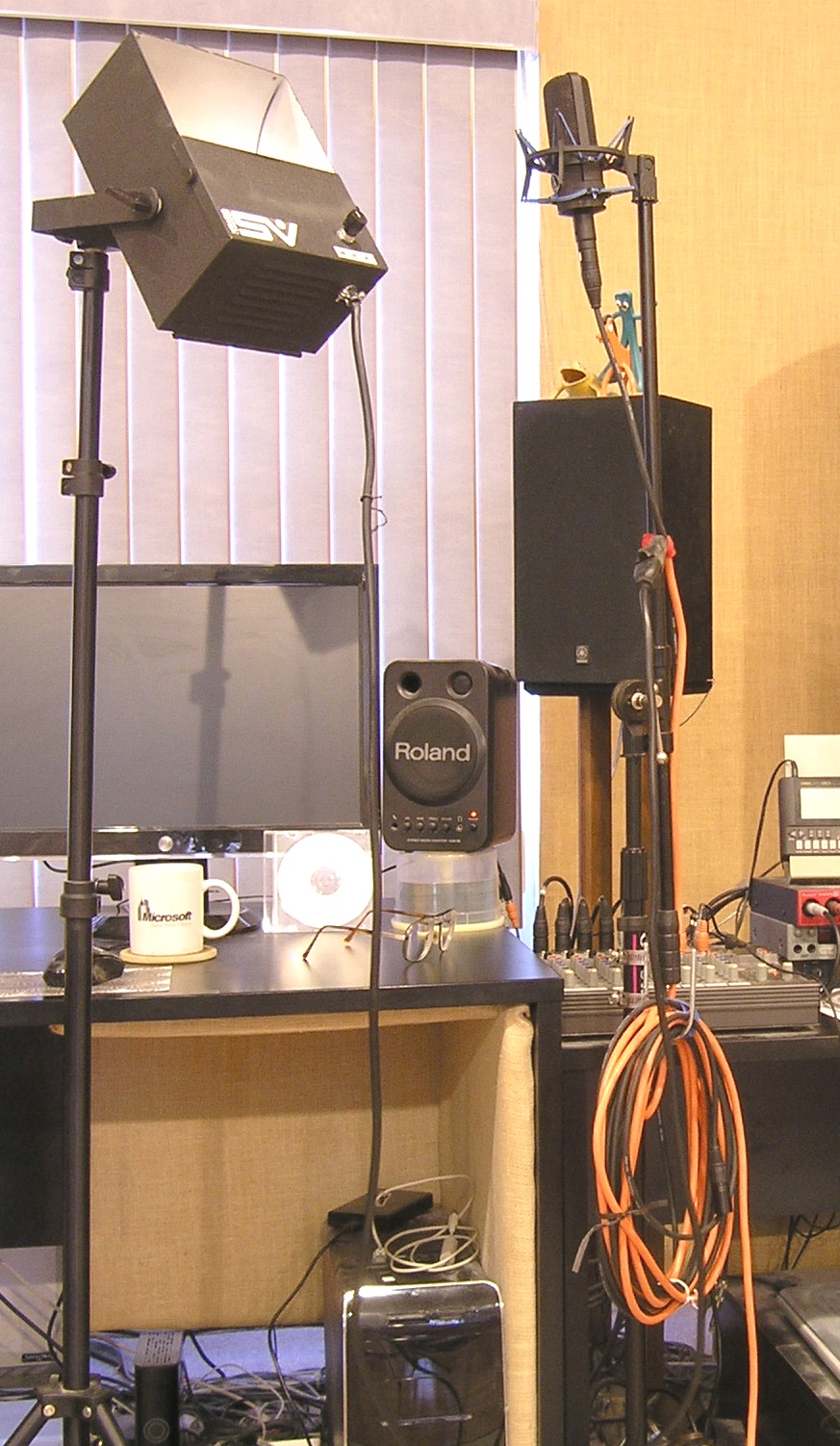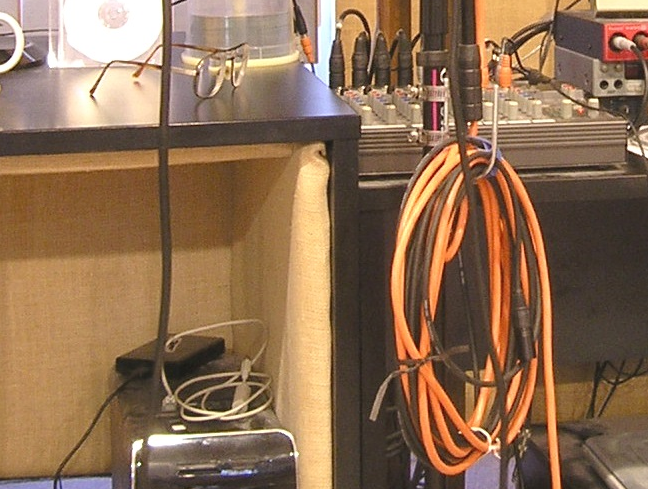For years we’ve been told never to place AC power wires near audio wiring, especially cables carrying mic-level signals. The warnings claim that the electromagnetic (EM) radiation from the power cable will couple into the signal wires to create hum. When AC and signal wires must be adjacent, the standard suggestion is to cross them at 90 degrees to minimize coupling.
But professional audio wiring is balanced to reject hum and other common-mode signals. Even microphone cables should be able to reject hum adequately. In my home studio I have many mic cables, all standard-issue stuff that didn’t cost a lot. I don’t own a single Star Quad cable and I’ve never had a problem with hum due to radiation from nearby power wiring.
A similar concept was recently being discussed in an online audio discussion group, highlighting the importance of keeping XLR cables away from AC power wires, so I figured this was worth testing. No surprise, it turns out to be a myth, at least for balanced wiring.
I bundled a 25-foot microphone cable with an AC extension cord and wrapped them together in a circle (like a transformer) to maximize any potential transfer of 60 Hz hum into the mic cable. I used twist ties to ensure both wires stayed close together. Then I connected an Audio-Technica AT4033 microphone to my aging Mackie 1202 mixer and set the preamp gain to its maximum 48 dB. The setup in Figure 1 shows the AC power wire and microphone cable bundled together in a coil.

Going Further
Perhaps simply having an unused power wire near a mic cable doesn’t tell the full story because there’s no current flowing through the power cable. To test this, I connected a 600-watt halogen light that I use for video shoots, and switched it on and off while recording audio through the mic. There was no hum or power-related clicks. (An MP3 file of the recording is available here, where the only sound you’ll hear is that of the light’s power switch being turned on and off.)
I also turned off the forced air heat in my studio for this test in order to avoid any possible room rumble in the background that might mask low-level AC power hum. Note that the mic was several feet from me, pointing away in the opposite direction because the preamp gain was at maximum and would have distorted as I spoke.
Now, before I get a dozen angry letters telling me I’m full of it, I’m not saying that it’s never possible for AC hum to be picked up in nearby mic- or line-level wiring. Maybe with a very long run of hundreds of feet, with the wires bundled tightly together, some hum might possibly leak through the signal wire’s shield. And obviously unbalanced wiring could pick up hum more easily, especially if the shielding is poor.
Devices like dimmers and motors that cause harmonics and noise on the power line are probably more likely to cause higher-frequency noise problems. Further, some audio devices that use unbalanced wiring are high impedance, and that too will more readily receive radiated hum. But I’m confident that my test is valid, at least for runs of 25 feet or less, even when the wires are tightly coupled like windings in a transformer.













